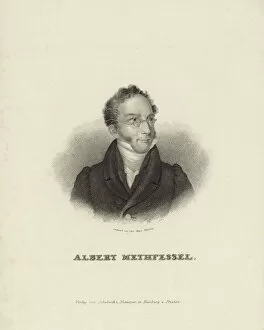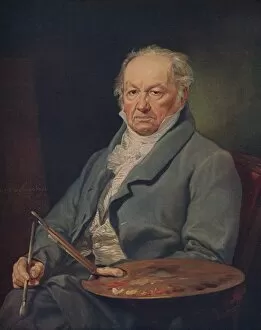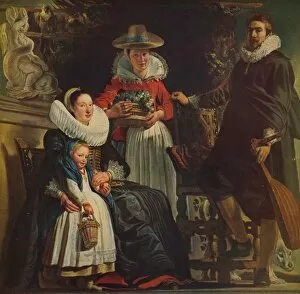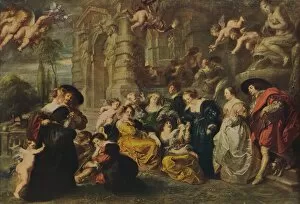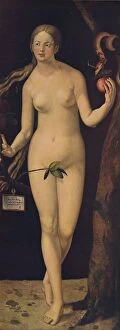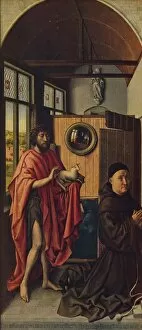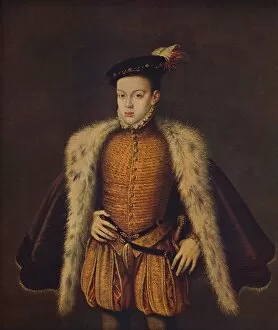Mayer Collection (page 3)
"Mayer: A Journey Through Time and Artistic Expression" Step into the world of Mayer, where diverse elements intertwine to create a captivating narrative
All Professionally Made to Order for Quick Shipping
"Mayer: A Journey Through Time and Artistic Expression" Step into the world of Mayer, where diverse elements intertwine to create a captivating narrative. From the iconic MGM Lion roaring with pride to Lou Mayer's Grape-Shot, this caption takes you on an artistic adventure. In 1915, Henry Mayer's American cartoon "The Awakening" symbolizes the women's suffrage movement as it spreads from west to east. Alice Duer Miller's powerful poem echoes their struggle for equality. Diego Velasquez's masterpiece "Las Hilanderas" transports us back to 1657, showcasing the skill of The Spinners in mesmerizing detail. Meanwhile, Carl Mayer captures the elegance of Biebrich Palace in Wiesbaden during Germany's early 19th century. Tobias Mayer emerges as both astronomer and mathematician, illuminating our understanding of the universe. Henry Mayer Hyndman leaves his mark as a prominent figure in history while Schlachtschiff Bismarck lapel badge commemorates German battleship heroics during World War II. MGM’s Hollywood Revue of 1929 sets hearts racing with its enchanting music cover. Paris Exhibition of 1889 witnesses corsets by Mayer, Strouse & Co stealing glances at every turn. Francisco Goya unveils La Maja Desnuda (The Naked Maja), a timeless artwork that captivates viewers even today. And let us not forget The Rothschild Family Home in Frankfurt am Main – a testament to wealth and influence throughout centuries. Join us on this extraordinary journey through time and artistry as we explore all facets of "Mayer. " Discover how these seemingly disparate hints come together harmoniously, creating a tapestry that celebrates human creativity across generations and continents.






